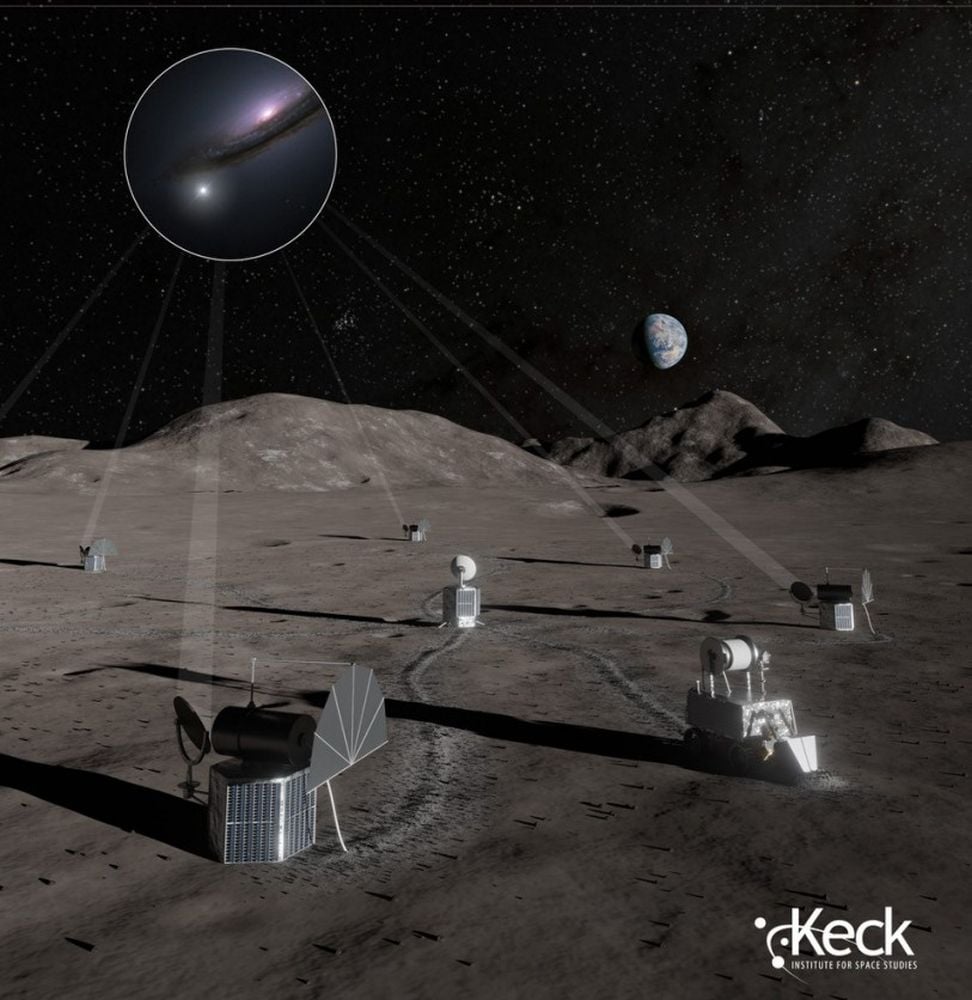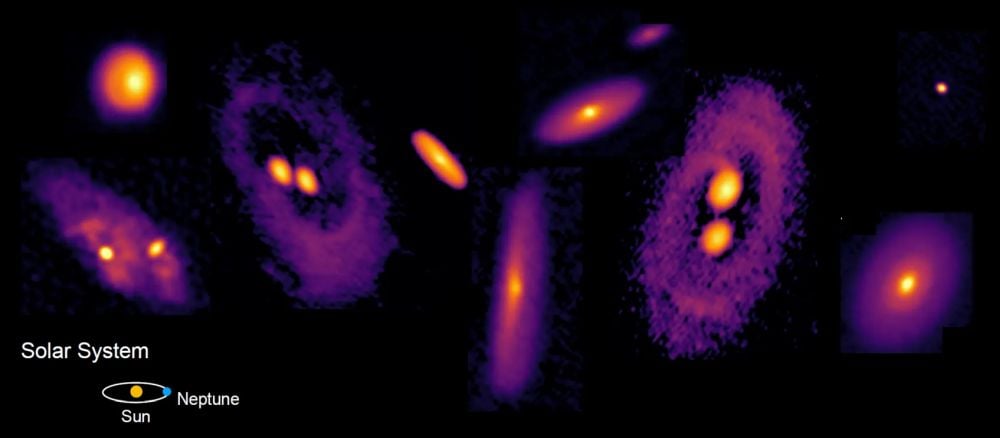At the heart of the Milky Way, just 27,000 light-years from Earth, there is a supermassive black hole with a mass of more than 4 million suns. Nearly all galaxies
If we take out all the matter, neutrinos, dark matter, cosmic rays, and radiation from the deepest parts of the voids the only thing left is empty space.
Cosmic inflation helps black holes grow quickly, but it can’t explain how supermassive black holes grew to billions of solar masses in less than 500 million years.
A new report outlines the benefits and obstacles to a lunar telescope. It comes from the Keck Institute for Space Studies, and presents an idea for a lunar optical interferometer.
With unprecedented detail, a team of astronomers led by MPE have imaged the youngest disks around new-born stars. Astronomers used to think that planet formation followed star formation. But these
An international team of astronomers using the combined powers of space-based and ground-based observatories, including the W.M. Keck Observatory and Subaru Telescope on Maunakea, Hawaiʻi Island, have discovered a brown
What began with tragedy ended in triumph. This is the untold story of the European Space Agency’s pioneering 25-year Cluster mission to study how invisible solar storms impact Earth’s environment.
Before a supernova finally explodes, its progenitor ejects massive amounts of gas into its surroundings. When the doomed star finally explodes, its blast wave slams into this material. This is
An international team of scientists, led by the University of Oxford, has achieved a world-first by creating plasma “fireballs” using the Super Proton Synchrotron accelerator at CERN, Geneva, to study
For the first time, an international research team led by the Shanghai Astronomical Observatory (SHAO) of the Chinese Academy of Sciences has demonstrated that applying pixelized strong-lensing modeling on a
-
 012024 in Review: Highlights from NASA in Silicon Valley
012024 in Review: Highlights from NASA in Silicon Valley -
 02Panasonic Leica Summilux DG 15mm f/1.7 ASPH review
02Panasonic Leica Summilux DG 15mm f/1.7 ASPH review -
 03How New NASA, India Earth Satellite NISAR Will See Earth
03How New NASA, India Earth Satellite NISAR Will See Earth -
 04And Thus Begins A New Year For Life On Earth
04And Thus Begins A New Year For Life On Earth -
 05Astronomy Activation Ambassadors: A New Era
05Astronomy Activation Ambassadors: A New Era -
06SpaceX launch surge helps set new global launch record in 2024
-
 07Space Force plans new ‘Futures Command’ amid pressure to speed up modernization
07Space Force plans new ‘Futures Command’ amid pressure to speed up modernization











